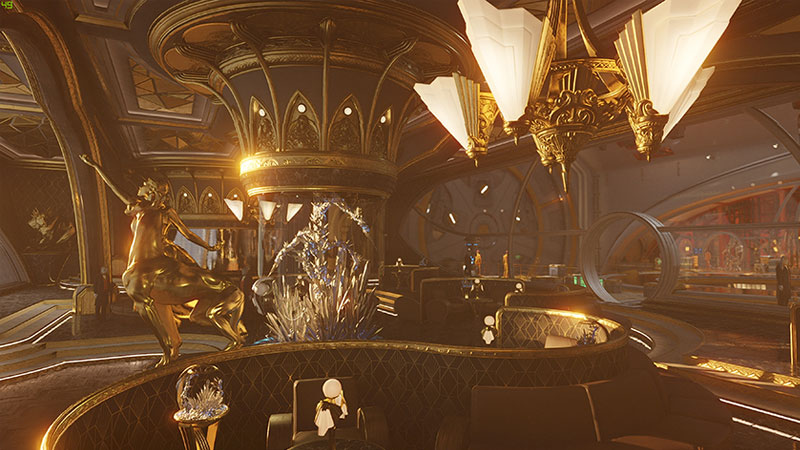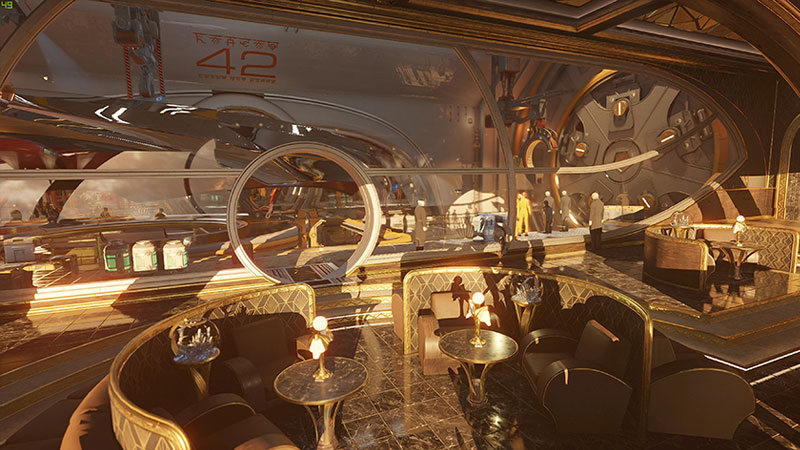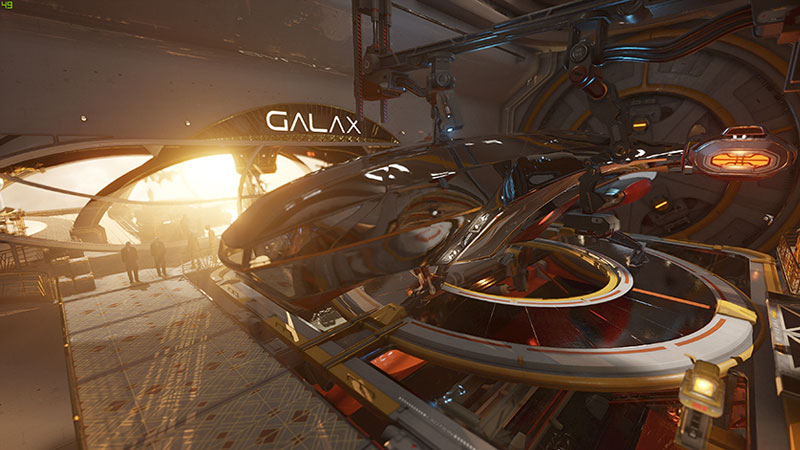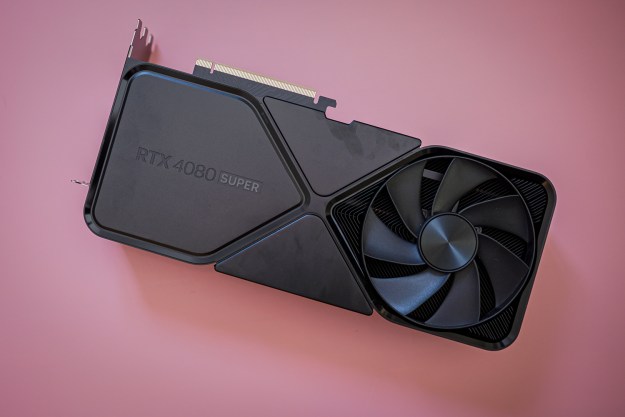Nvidia’s latest driver update brings with it the usual enhancements to SLI profiles, better performance for G-Sync in certain games, and bug fixes. The big news with the new 418.81 WHQL driver though is that it allows deep-learning super sampling (DLSS) in UL Benchmarks’ Port Royal benchmark. The result is said to be huge gains in frame rates and an increase in overall visual fidelity.
DLSS was one of two major features introduced with Nvidia’s RTX series of Turing graphics cards. It acts as a form of anti-aliasing and effectively upscales visuals to an equivalent of 4K from 1,440P without the same sort of visual overhead. Better yet, it is vastly cheaper on resources than traditional anti-aliasing solutions like Temporal Sampling Anti Aliasing (TSAA or TAA) which is why enabling DLSS in Port Royal is able to boost frame rates so effectively.
Nvidia has interactive versions of these screenshots in its blog post.
Port Royal was designed to test the effectiveness of ray tracing with Nvidia’s RTX graphics cards and it does a good job of that. Unfortunately, it also acts as a stark warning for how much of a performance hog ray tracing is, with frame rates rarely above 30 when rendering at 1,440P even with the most powerful Nvidia
Even so, as with any benchmarks or demonstrations produced by first-parties, we’d suggest taking the claims and visual representation of these improvements with a grain of salt. Many have already pointed out that the anti-aliasing used in the non-DLSS version of the demo appears to be very heavy-handed, making the DLSS rendering appear, in comparison, far crisper than it perhaps should. It’s also worth taking into consideration that even with DLSS enabled, frame rates aren’t stellar and the volume of supporting games for either technology (let alone both) is exceedingly thin.
However, there is no denying that DLSS appears to have the potential to have a dramatic effect on frame rates without impacting visual performance and may in fact improve it. That may be useful for those with the most expensive RTX graphics cards, but it could be even more impactful for those with more affordable cards, like the RTX 2060. Better yet, if DLSS is possible with the rumored, and even-more-affordable, GTX 1660 Ti, that could make those entry-level cards far more capable and therefore more attractive to prospective buyers.
To take advantage of the new DLSS implementation in Port Royal, you’ll need an RTX graphics card, the Windows 10 October update, and Nvidia’s latest driver.
Editors' Recommendations
- Don’t buy the RTX 3060 in 2024
- You shouldn’t buy these Nvidia GPUs right now
- Nvidia DLSS is amazing, but only if you use it the right way
- Why I’m feeling hopeful about Nvidia’s RTX 50-series GPUs
- CableMod’s adapters damaged up to $74K worth of Nvidia GPUs









